Dickies, originally founded in 1922 as the Williamson-Dickie Manufacturing Company, has a rich history rooted in creating durable clothing for workers. Over the decades, the brand adeptly navigated economic challenges, notably by producing military uniforms during World War II and introducing the iconic 874® work pant in 1967. As cultural trends evolved, Dickies transitioned from its traditional workwear roots to become a key player in streetwear fashion, particularly gaining popularity within the hip-hop and skateboarding communities. This ability to adapt and innovate has solidified Dickies' legacy, allowing for exciting collaborations and creative endeavors. Recently, the brand proudly celebrated a century of craftsmanship, skillfully balancing industrial functionality with contemporary fashion sensibilities. There is still much more to explore about this captivating evolution in the fashion landscape.
Founding and Early Years
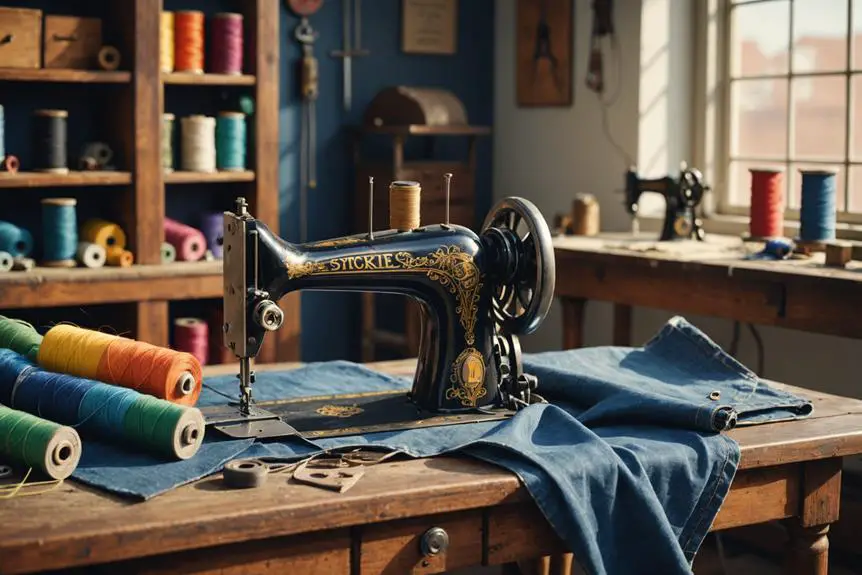
The founding of Dickies in 1922 marks a significant turning point in the workwear industry, as the Williamson-Dickie Manufacturing Company emerged from its roots in vehicle and harness production to focus on durable clothing for laborers. Based in Fort Worth, Texas, the company initially targeted ranchers, farmhands, and laborers with its denim bib overalls, which emphasized functionality and ruggedness. This strategic focus on durable workwear laid the groundwork for Dickies' future success.
During the Great Depression, the company demonstrated its commitment to workers by expanding its offerings and providing free meals to production line employees. This proactive approach not only cultivated loyalty among workers but also strengthened the brand's reputation as a reliable employer. The brand gained further recognition during World War II, producing over nine million heavy-duty twill uniforms for the U.S. military, which solidified its standing for quality and durability.
Growth Through Challenges
Resilience defined Dickies' journey through the tumultuous economic landscape of the 20th century. During the Great Depression, rather than retreating, Dickies expanded its workwear offerings, even providing free meals to production line workers, showcasing its commitment to quality and community support. This adaptability positioned the brand favorably in challenging times.
World War II further solidified Dickies' reputation when it produced nine million military uniforms, enhancing brand recognition and demonstrating durability. This strategic pivot not only reflected the company's capacity for growth but also cemented its role as a reliable supplier during crises.
In the 1950s, Dickies embraced international expansion, particularly catering to Texas oilmen in the Middle East, which broadened its global footprint. The introduction of the 874® twill work pant in 1967 marked a significant milestone, becoming a bestseller and reinforcing the brand's adaptability in a changing market.
Iconic Products and Innovations
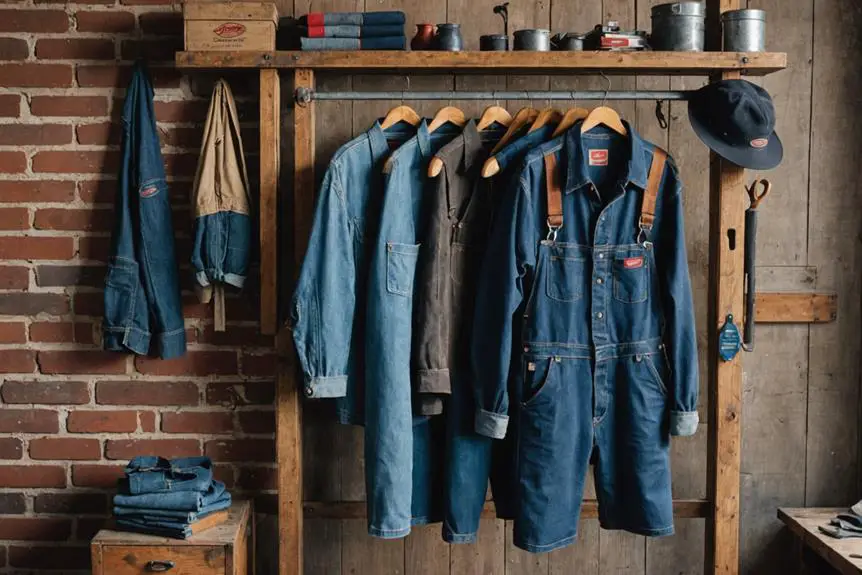
Throughout its history, Dickies has consistently introduced iconic products that reflect both innovation and a deep understanding of worker needs. The 874® twill work pant, launched in 1967, exemplifies this commitment. Made from a durable 65% polyester and 35% cotton blend, it remains Dickies' best-selling product, embodying indestructibility and functionality. This focus on quality not only appeals to a diverse range of industries but also sets a benchmark for workwear.
Dickies' continuous innovations enhance its product offerings, with advancements like permanent crease technology improving durability and performance. The brand recognized the evolving landscape of workwear, expanding to include flame-retardant workwear, thermal underwear, and safety boots, ensuring that workers are equipped for various environments.
Moreover, collaborations with contemporary brands, such as FACETASM's capsule collection in June 2020, demonstrate Dickies' ability to blend traditional workwear with modern fashion trends. This strategic approach not only reinvigorates its image but also attracts a younger audience, proving that quality and functionality can coexist with contemporary fashion. By staying ahead of industry demands, Dickies solidifies its position as a leader in durable and innovative workwear.
Cultural Influence and Fashion
As Dickies evolved into the late 1980s, its pants began to redefine their identity, moving from purely utilitarian workwear to essential pieces within the streetwear fashion scene, heavily influenced by the burgeoning hip-hop culture. This transformation marked a significant cultural influence, as the brand's ruggedness appealed to youth seeking authenticity in their style. As the 1990s rolled in, Dickies gained traction among skateboarders who admired its durability. Influential figures like Julien Stranger and the Anti-Hero team showcased Dickies as a practical choice for an active lifestyle.
The brand's chinos, prominently embraced by the iconic hip-hop group N.W.A, became fashion staples, further solidifying Dickies' position within street fashion. Their adaptability allowed Dickies to seamlessly integrate into varied subcultures while maintaining a strong heritage in workwear. Strategic collaborations with fashion brands, such as the Japanese label FACETASM, enhanced Dickies' presence in both workwear and streetwear markets, demonstrating its ability to stay relevant. In this way, Dickies not only catered to practical needs but also forged a lasting legacy as a cultural icon, intertwined with the rhythms of hip-hop and the spirit of skateboarding.
Future and Brand Evolution
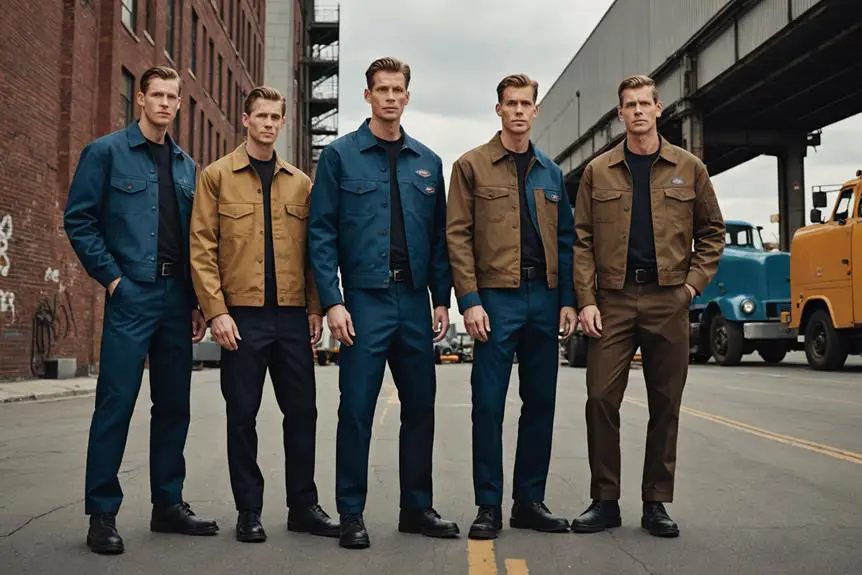
Having firmly established its foothold in both workwear and streetwear, Dickies now looks ahead to further evolution and innovation. The brand celebrates a century of craftsmanship in 2022, highlighting its unwavering commitment to producing quality workwear at affordable prices. As you observe the market landscape, it's clear that Dickies is adapting to emerging trends and consumer demands, ensuring its offerings maintain durability and functionality.
Acquired by VF Corporation in 2017, Dickies benefits from the resources and expertise of a global portfolio, paving the way for expansion and new product lines. The brand is dedicated to enhancing safety and comfort in its industrial uniforms, all while upholding a straightforward style that resonates with a broad audience.
Moreover, Dickies actively engages with its consumers through special offers, new arrivals, and collaborations, reinforcing its relevance in both workwear and streetwear markets. This strategic approach allows the brand to maintain its legacy while innovating for the future. As Dickies moves forward, its focus on craftsmanship and evolution will be key to sustaining its position as a leader in these competitive sectors.
Frequently Asked Questions
Why Did Dickies Get so Popular?
Dickies gained popularity due to its blend of durability and affordability, appealing to diverse consumers. Strategic marketing, endorsements from trendsetters, and its embrace by street cultures helped solidify its presence in both workwear and fashion.
What Does the Dickies Logo Mean?
The Dickies logo represents durability and functionality, embodying a commitment to quality. Its bold design, oval shape, and red-blue colors evoke rugged Americana, aligning with the brand's identity and reinforcing recognition in workwear and streetwear.
What Company Owns Dickies?
You'll find that Dickies is owned by VF Corporation, a major player in the apparel industry. This ownership allows Dickies to leverage extensive resources and global distribution, enhancing its market presence considerably.
Is Dickies a Luxury Brand?
No, Dickies isn't a luxury brand. It focuses on affordable, durable workwear, appealing to everyday consumers. While it collaborates with fashion brands, its identity remains rooted in practicality rather than high-end fashion exclusivity.
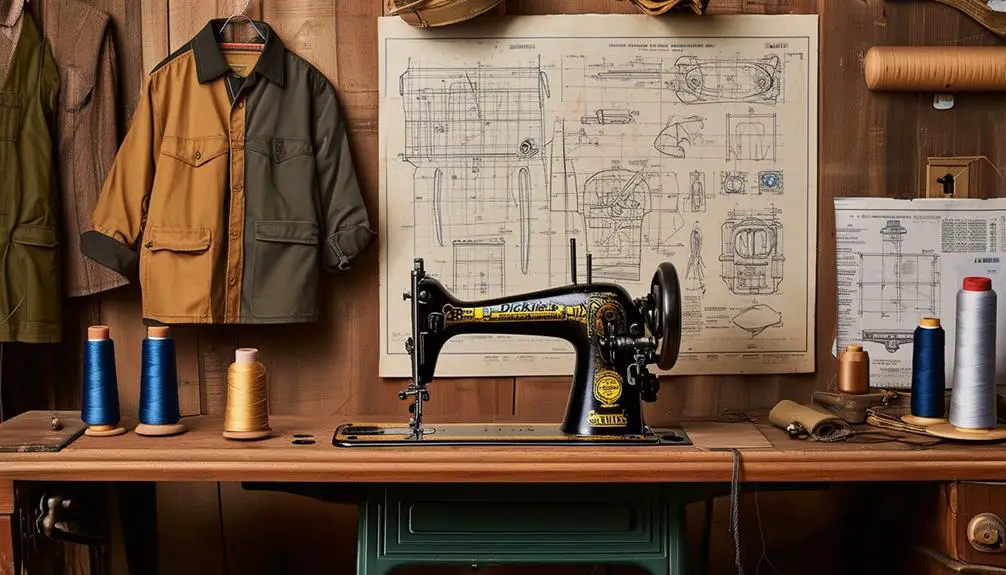


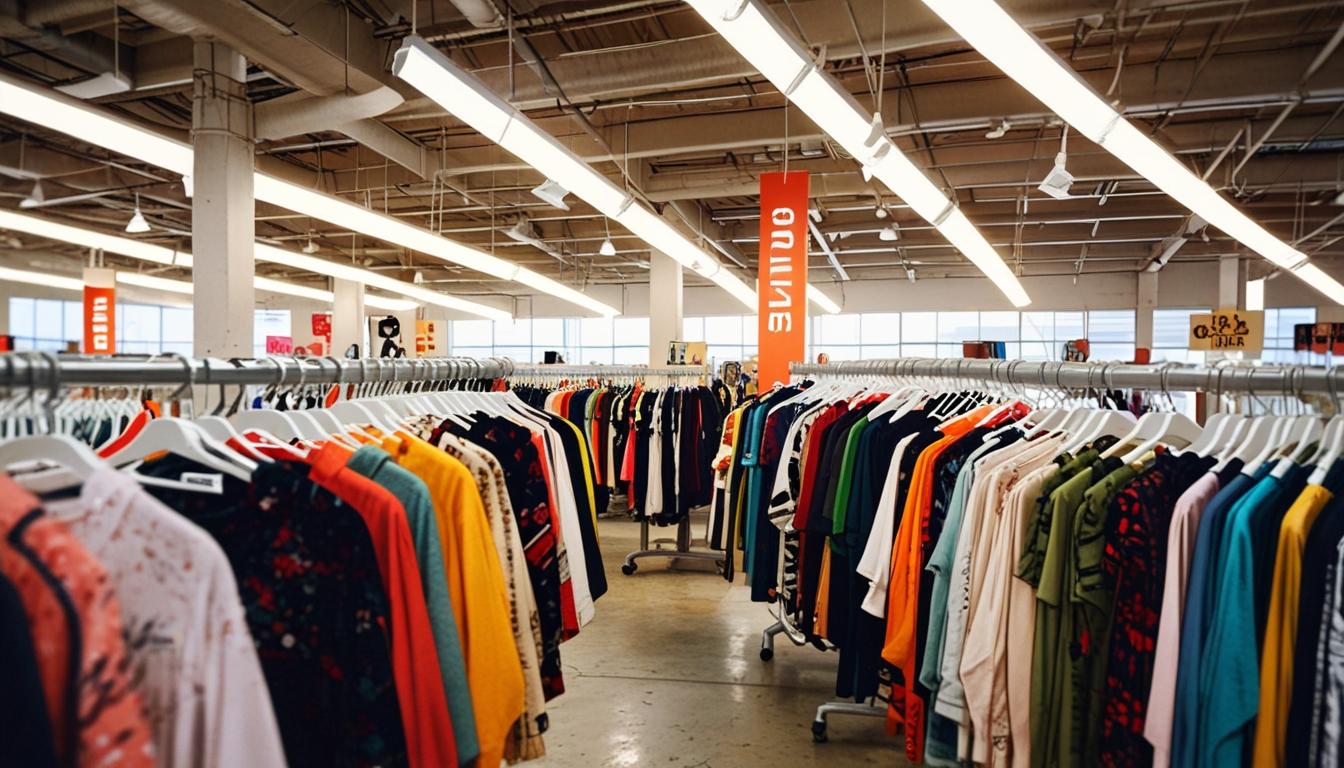
Hey I know this is off topic but I was wondering if you knew of
any widgets I could add to my blog that automatically tweet my newest
twitter updates. I’ve been looking for a plug-in like this for quite some time and was hoping maybe you would have some experience with something
like this. Please let me know if you run into anything.
I truly enjoy reading your blog and I look forward to
your new updates.